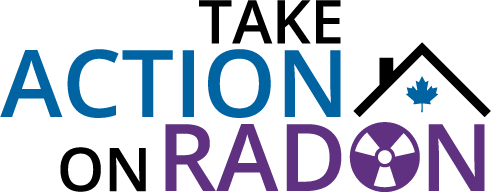Protecting yourself and your family from radon is simple. The first step is to test your home. Since radon has no smell, no color, and no taste, the only way to know your radon level is to test.
Check out our Test pages for more information on testing your home properly.
Check out the most recent data on radon mitigations across the country.
What if my test comes back high?
There’s no reason to fear a high radon test result. No matter your level, there are radon mitigation methods that can successfully reduce your home to a safe level. Once you receive your high test result, the first step is to contact a certified* radon mitigation professional to help.
Certified radon mitigation professionals have received the training necessary to properly assess your home and decide which radon mitigation method is most appropriate. Your professional will design a system to efficiently and effectively reduce your radon to a safe level. Often, the work involved can be done in one day, at a cost that’s comparable to a new furnace or a couple of new appliances.
For more information on reducing elevated levels of radon, check out our Reducing Radon page.
What if my test comes back low?
If your radon level is below Health Canada’s action level, no further action is required. However, since radon levels vary over time, we encourage you to test your home again in 5 years. Until then, why not spread the word about radon to your friends, family, and colleagues? Who knows, you may just save a life!
Find more information on our page, Understanding your Radon Test Report.
What can I do myself to reduce my radon levels until a radon reduction system can be installed by a certified professional?
If it is safe and comfortable enough to do so, you can temporarily open windows on the lowest level of your home to help reduce the amount of radon that is being drawn into your home. Opening additional windows during warmer weather will lower radon levels by diluting with fresh air and reducing the accumulation. Running well-maintained mechanical ventilation (i.e. air exchanger) can also provide some reduction by diluting with fresh air.

